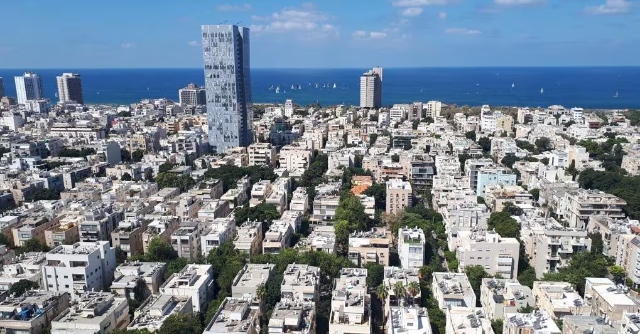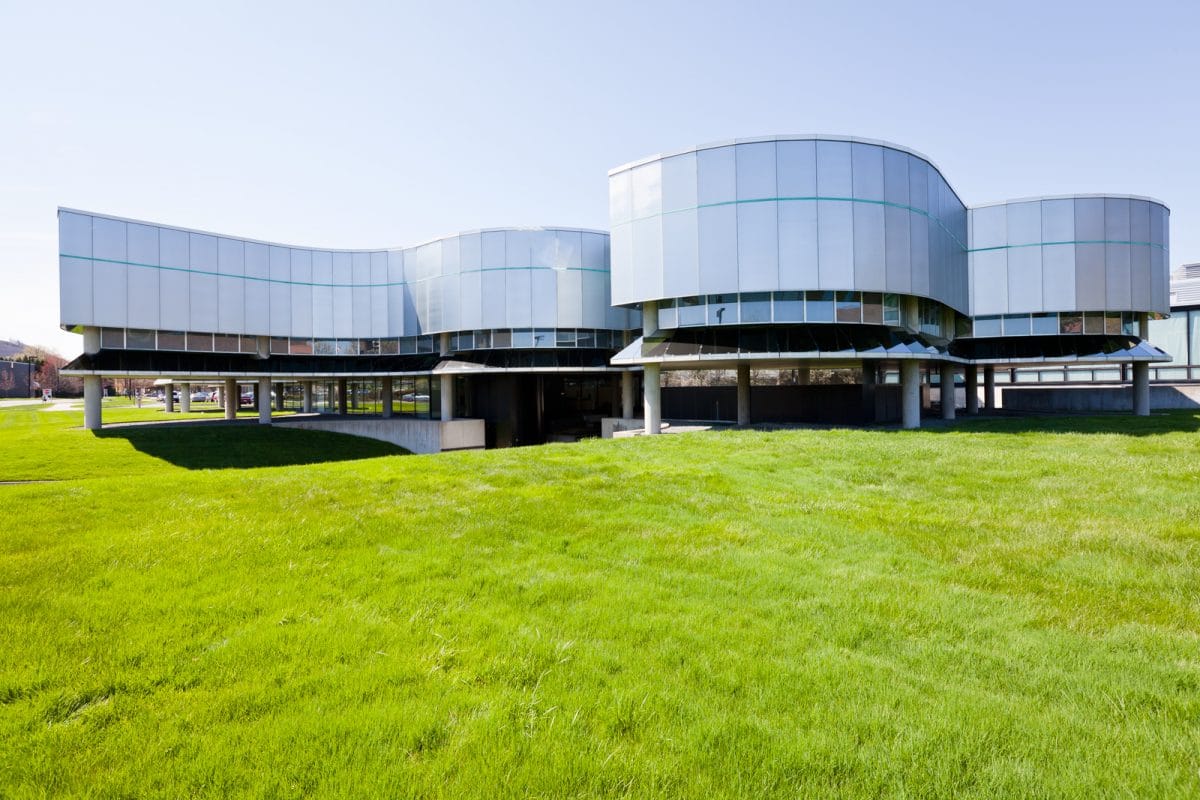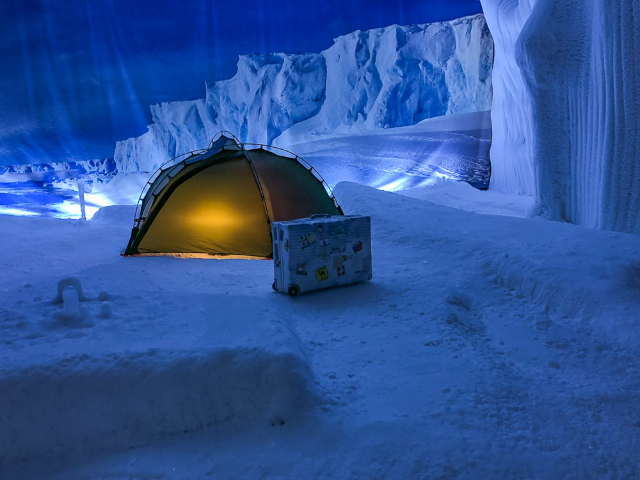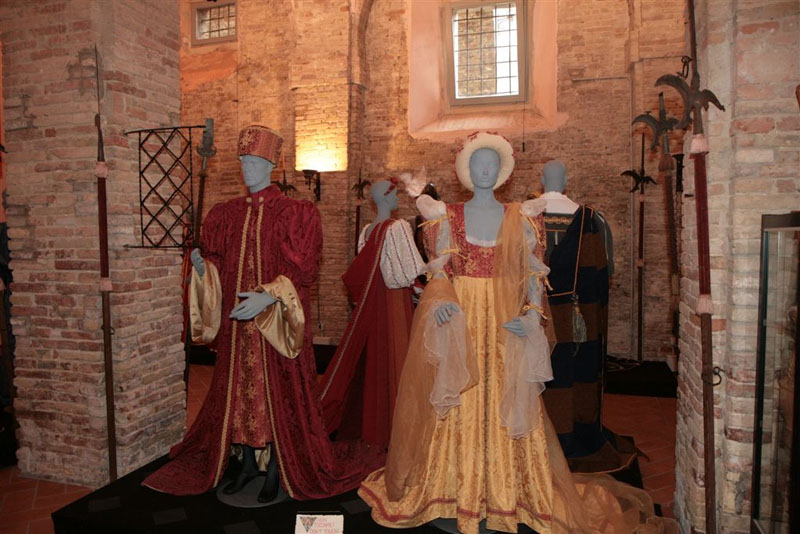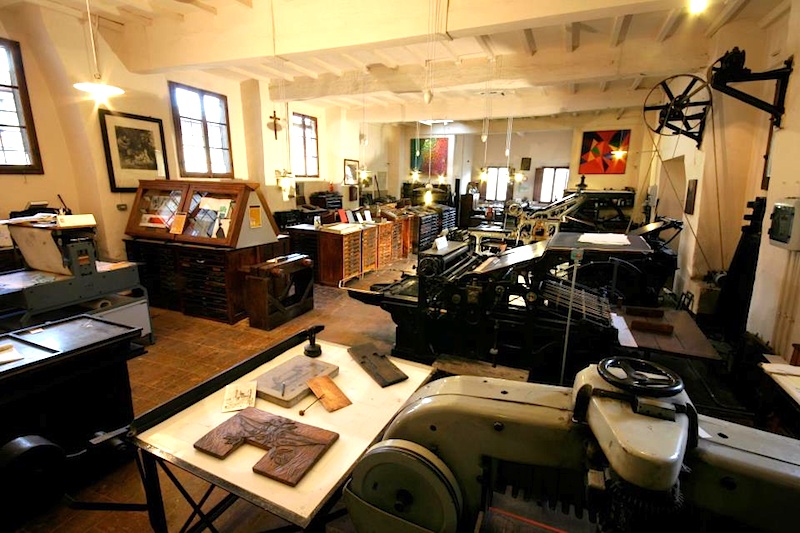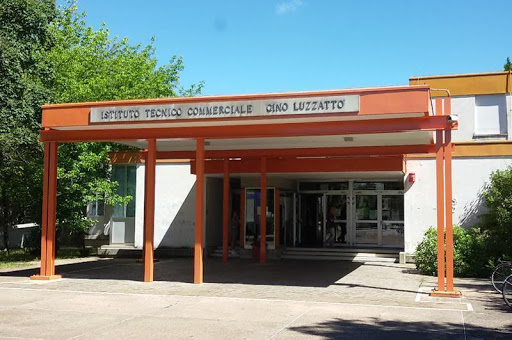Tel Aviv, the "true Bauhaus capital," is a city that is home to the world’s largest concentration of Bauhaus and modernist-style buildings. While the centennial of the Dessau School has been celebrated mainly in Germany, few know that Tel Aviv was a pioneer in the adoption of this architectural movement.During the 1930s and 1950s, Tel Aviv, then still under British mandate, was a fast-growing city, hungry for the future and in search of a new distinctive identity. During those years, thousands of German Jewish architects, who had fled Nazi persecution, brought with them the legacy of the Dessau school and translated it into a unique form of modernism.More than 4,000 buildings were constructed, embracing the simple, elegant lines, ribbon balconies and tropical gardens characteristic of the Bauhaus style. This architectural movement became almost a symbol of a new Israel, a promised land for Jews who had emigrated from Nazi Germany.In 2003, UNESCO recognized the importance of this extraordinary collection of modernist buildings, granting the White City neighborhood in Tel Aviv World Heritage status. The "White City" has become an icon of Bauhaus architecture and a landmark for lovers of design and art.To celebrate the centennial of the "White City" and preserve its legacy, the Tel Aviv Municipality and the Federal Republic of Germany collaborated to restore the iconic Max-Liebling House. This structure has been transformed into the White City Center, a place that houses museums, exhibition and conference spaces, cafes, bookstores, workshops and children’s areas. In addition to this, it offers a library for researchers and also serves as an artist residency.The White City Center has become a landmark for fans of the international style and those who wish to explore the legacy of the Bauhaus movement in Tel Aviv. It offers a unique opportunity to learn about and experience the influence of this artistic and architectural movement in the city.Ultimately, Tel Aviv is a city that can boast one of the most significant concentrations of Bauhaus and modernist buildings in the world. The "White City" is an architectural treasure that testifies to Tel Aviv’s ability to embrace innovation and art, becoming a symbol of hope and rebirth for many.
